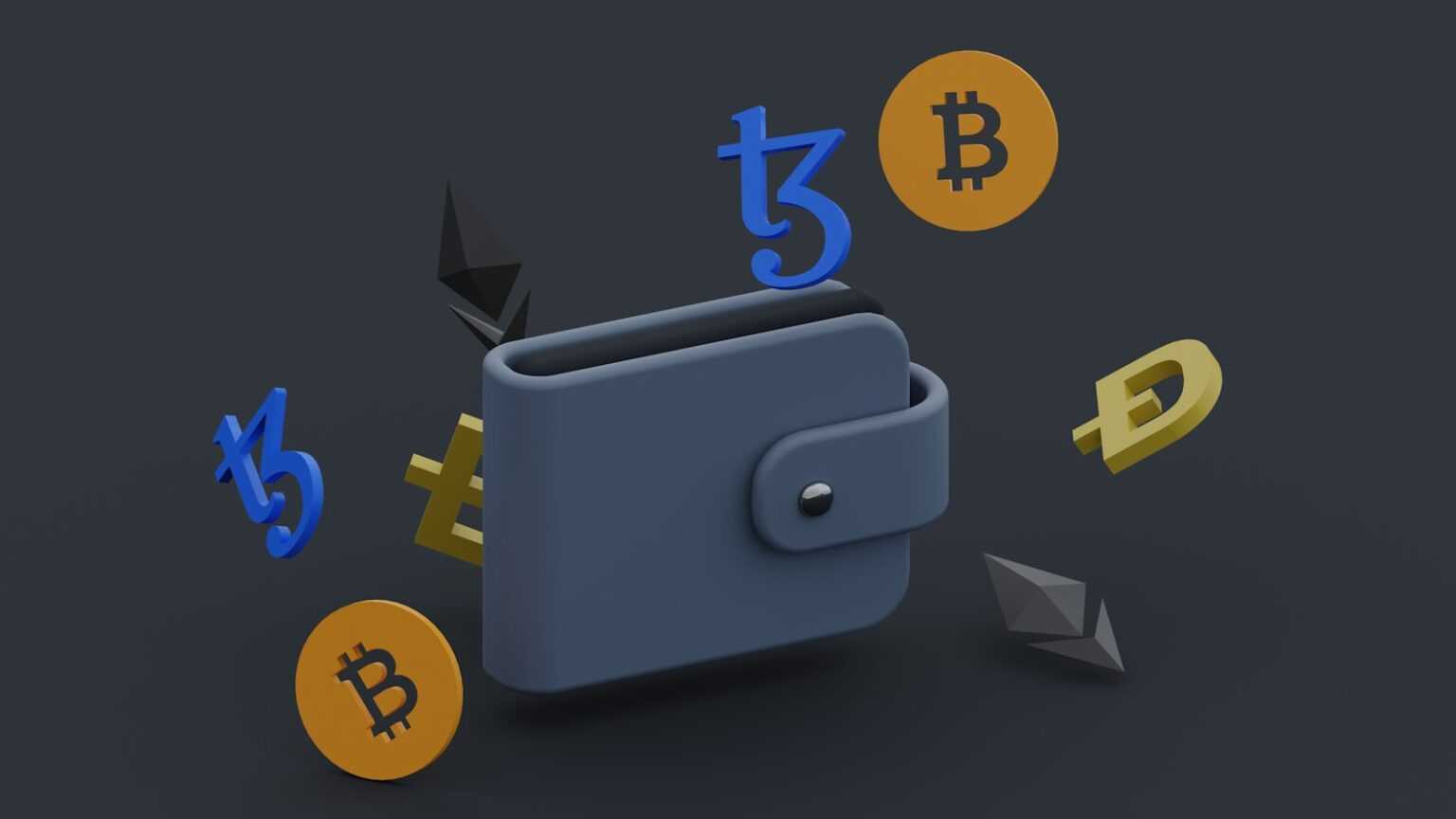Adhering to established moral frameworks and professional conduct is mandatory when conducting experimental studies involving decentralized ledger technologies. Researchers must apply clear protocols that ensure transparency, participant consent, and data integrity throughout all phases of blockchain testing.
Implementing rigorous standards safeguards against unintended consequences such as privacy breaches or financial harm. Prior approval from oversight committees and continual monitoring aligned with international guidelines fortify the trustworthiness of investigative procedures within distributed consensus environments.
Systematic documentation and open sharing of methodologies promote reproducibility and collective progress while minimizing risks associated with trial deployments on live networks. Ethical stewardship requires balancing innovation with precaution, respecting both human subjects and ecosystem stability during cryptographic trials.
Research ethics: responsible crypto experimentation
Adhering to clear moral frameworks is fundamental when conducting investigations within blockchain systems. Establishing and following precise standards protects participants and upholds integrity across all phases of analysis. Crypto laboratories must implement stringent guidelines that govern data handling, privacy, and intervention protocols to prevent harm or misinformation. For instance, deploying testnet environments with controlled variables allows observation without risking real assets or user security.
Structured methodologies enhance the validity of findings while ensuring accountability in digital asset trials. Utilizing stepwise procedures–such as hypothesis formulation, controlled deployment, outcome measurement, and iterative refinement–facilitates reproducibility and transparent evaluation. This approach aligns with established scientific principles, encouraging critical reflection on possible biases or unintended consequences inherent in blockchain modifications.
Moral considerations in blockchain research
The intersection of cryptographic innovation and ethical responsibility demands continuous scrutiny of participant consent and data transparency. Experiments involving smart contracts or decentralized applications must clearly communicate risks to involved parties, respecting autonomy and informed agreement. Projects like Ethereum’s DAO hack recovery illustrate how neglecting these aspects can lead to community division and financial losses, highlighting the need for predefined intervention policies.
Maintaining rigorous standards also involves safeguarding against manipulation or exploitation during protocol stress tests. Implementing sandboxed environments reduces exposure to vulnerabilities that could disrupt live networks. For example, Crypto Lab’s multi-layer testing framework isolates experimental code paths before mainnet integration, ensuring any faults do not propagate beyond controlled settings.
- Guidelines for secure data management: encryption at rest and transit;
- Clear audit trails: immutable logs documenting each procedural step;
- User privacy safeguards: anonymization techniques combined with selective disclosure;
- Incident response plans: predefined actions for addressing unexpected failures or breaches.
The pursuit of novel algorithms must balance innovation with caution by incorporating peer review mechanisms prior to public release. Emulating open scientific discourse through community feedback channels increases robustness and mitigates risks associated with unvetted deployments. Case studies from zero-knowledge proof implementations reveal how collaborative validation accelerates trustworthiness without compromising proprietary advancements.
Navigating technical exploration responsibly necessitates constant vigilance toward emerging challenges in consensus algorithms, tokenomics models, and interoperability protocols. By cultivating a culture grounded in principled investigation and methodological rigor, laboratories like Crypto Lab contribute substantially to advancing blockchain technology while preserving trustworthiness essential for widespread adoption.
Ensuring Participant Data Privacy
Implementing strict data handling protocols is paramount when managing participant information in blockchain-related studies. Techniques such as zero-knowledge proofs (ZKPs) enable verification of participant data without exposing sensitive details, aligning with established confidentiality benchmarks. For instance, zk-SNARKs have been successfully integrated in privacy-centric networks like Zcash, demonstrating practical application of cryptographic privacy assurances.
Adherence to international privacy frameworks, including GDPR and CCPA, must guide the collection and storage processes within decentralized experiments. Employing permissioned ledgers or off-chain data repositories combined with secure multiparty computation (MPC) can minimize exposure risks by restricting data visibility only to authorized entities involved in the trial.
Technical Approaches and Ethical Considerations
Encryption at rest and in transit remains a fundamental requirement for safeguarding participant identities against unauthorized access during distributed ledger activities. Utilizing homomorphic encryption offers an advanced route whereby computations on encrypted datasets produce meaningful outcomes without decryption, preserving privacy throughout analytical procedures.
The moral obligation to uphold participant anonymity extends beyond legal compliance into methodological design choices. Anonymization techniques must be coupled with differential privacy algorithms to prevent re-identification from aggregated results. This combination was tested effectively in a blockchain-based voting experiment where voter choices remained confidential despite public ledger transparency.
- Employ cryptographic commitments to bind participants’ inputs securely without revealing underlying values.
- Leverage ring signatures for unlinkability between transactions and user identities in testing environments.
- Utilize hardware security modules (HSMs) or trusted execution environments (TEEs) for isolated key management during sensitive operations.
A systematic protocol that integrates these technologies can be constructed through iterative validation cycles, enabling empirical observation of potential vulnerabilities. Encouraging replication of such frameworks across diverse testbeds enhances collective understanding of privacy-preserving mechanisms under varying threat models.
The interplay between technical safeguards and ethical imperatives demands continuous scrutiny. Evaluating the impact of chosen methods on participant trust and willingness to engage informs subsequent refinements. By combining rigorous cryptographic tools with transparent procedural documentation, custodianship over sensitive data attains both scientific integrity and societal respectability.
Mitigating Financial Risk Exposure
To effectively reduce monetary vulnerability in blockchain trials, it is imperative to establish and rigorously follow strict protocols that define acceptable risk thresholds. Implementing comprehensive guidelines for asset allocation and transaction limits ensures controlled exposure during testing phases. For example, segmenting funds into cold wallets with restricted access minimizes the impact of unforeseen smart contract failures or exploit attempts. Incorporating multi-signature schemes further distributes authority, aligning technical safeguards with moral imperatives to protect stakeholder interests.
Another critical strategy involves continuous monitoring combined with real-time analytics to detect anomalies indicative of potential financial threats. Deploying automated alert systems that flag abnormal transaction patterns enables prompt intervention before losses escalate. Case studies from decentralized finance projects reveal that integrating on-chain behavioral analysis tools can reduce exposure by up to 40%, underscoring the value of vigilance throughout any blockchain trial process.
Frameworks for Prudent Blockchain Testing
A systematic approach begins with defining explicit operational boundaries based on quantitative metrics such as maximum loss tolerance and liquidity constraints. Teams should conduct iterative simulations using historical data sets to evaluate stress scenarios and identify failure points within smart contract logic. This methodical examination not only aligns with integrity principles but also fosters incremental knowledge gain while safeguarding capital.
Moreover, establishing transparent reporting mechanisms promotes accountability and ethical stewardship during cryptographic investigations. Publishing detailed audit trails including code changes, test outcomes, and incident responses invites constructive peer review and community validation. Such openness bridges technical rigor with a commitment to fairness, encouraging widespread adoption of best practices that mitigate financial hazards inherent in innovative blockchain undertakings.
Transparent Smart Contract Auditing
Adhering to clear guidelines and established standards is fundamental for transparent smart contract auditing. This process must include comprehensive documentation of the audit scope, methodologies applied, and findings discovered to ensure reproducibility and verification by independent reviewers. Transparent audits reduce ambiguity in code behavior and empower stakeholders to evaluate security postures without relying on opaque summaries.
The conduct of auditing teams significantly influences the credibility of results. Teams should follow strict protocols that avoid conflicts of interest while disclosing any limitations or uncertainties encountered during analysis. Publicly sharing both positive outcomes and vulnerabilities discovered aligns with moral responsibilities inherent in technical scrutiny within decentralized environments.
Methodological Approaches to Transparent Auditing
A multi-layered approach enhances transparency by combining automated static analysis tools with manual code reviews and formal verification techniques. For instance, applying symbolic execution alongside fuzz testing can uncover edge cases missed by human inspectors alone. Detailed reporting formats include vulnerability classifications, severity ratings based on CVSS metrics, and recommendations grounded in best practices from blockchain-specific research.
Case studies such as the 2020 audit of a DeFi protocol demonstrated how open access to audit logs enabled community members to replicate tests independently, confirming the absence of critical flaws prior to deployment. In contrast, incidents where audits were withheld or summarized superficially often resulted in exploits that undermined user trust and financial integrity.
Establishing universal standards–comparable to ISO frameworks adapted for distributed ledger technologies–would unify expectations across audit providers. These could stipulate minimum disclosure requirements, mandatory publication timelines before mainnet launches, and standardized terminologies for vulnerabilities unique to smart contracts like reentrancy or gas limit issues.
The ethical dimension extends beyond mere compliance; it involves fostering an environment where continuous experimental validation supports iterative improvements rather than one-time certifications. Encouraging collaborative peer reviews exemplifies this principle by transforming audits into ongoing scientific investigations rather than final verdicts.
Compliance with Regulatory Standards: Technical Conclusions and Forward Perspectives
Adhering to established standards ensures that blockchain initiatives maintain integrity while pushing the boundaries of protocol development. Implementing clear operational guidelines enhances the transparency and reproducibility of cryptographic trials, safeguarding both participants and data validity.
Integrating normative frameworks within blockchain conduct promotes a moral foundation essential for sustainable innovation. Experimental designs aligned with jurisdictional requirements reduce legal exposure and foster trust among stakeholders, enabling scalable deployment of decentralized applications.
Key Technical Insights and Future Directions
- Standards as Benchmarks: Utilizing ISO/TC 307 standards enables consistent validation metrics for distributed ledger performance, facilitating interoperability across diverse platforms.
- Guidelines Enforcement: Embedding automated compliance checks within smart contracts offers real-time verification against regulatory constraints, minimizing human error in governance processes.
- Moral Framework Integration: Designing incentive mechanisms that prioritize equitable resource allocation prevents exploitative behavior, reinforcing ethical conduct at protocol level.
- Experimental Transparency: Publishing open-source testnets with detailed logs supports peer verification and iterative refinement, crucial for scientific rigor in decentralized experiments.
- Regulatory Adaptation: Continuous monitoring of legislative updates allows adaptive protocol configurations to remain aligned with evolving legal mandates without halting technological progress.
The trajectory toward comprehensive compliance involves harmonizing technical robustness with normative principles, fostering an ecosystem where innovative cryptographic models can be trialed responsibly. Researchers are encouraged to approach each phase of development as controlled experiments–hypothesizing outcomes, applying methodological rigor, and validating results against accepted standards.
This fusion of technical discipline and ethical stewardship lays the groundwork for blockchain systems that not only excel in functionality but also earn societal legitimacy. As regulatory frameworks mature globally, embracing systematic compliance strategies will accelerate adoption while preserving the pioneering spirit intrinsic to cryptographic advancements.








